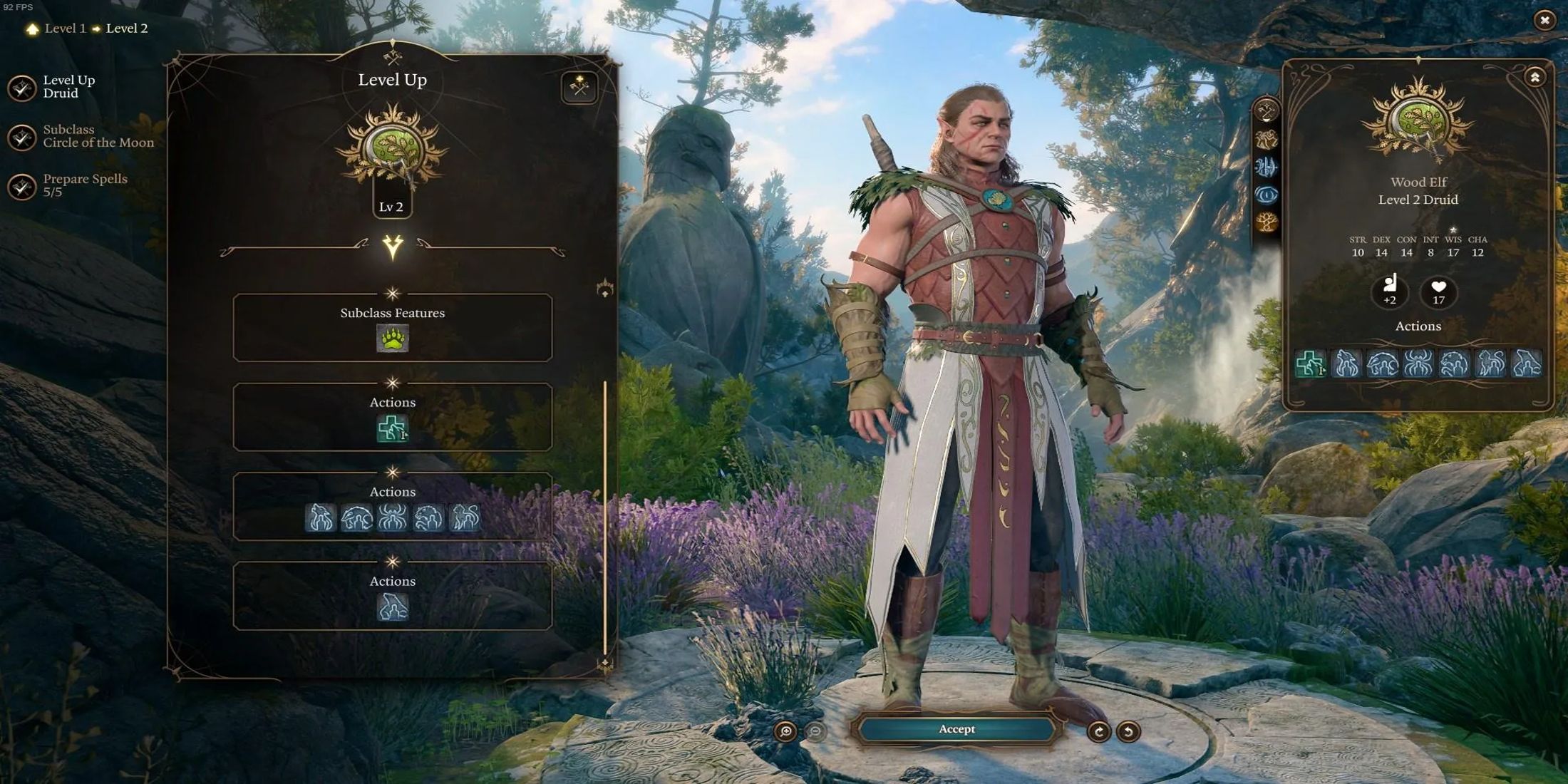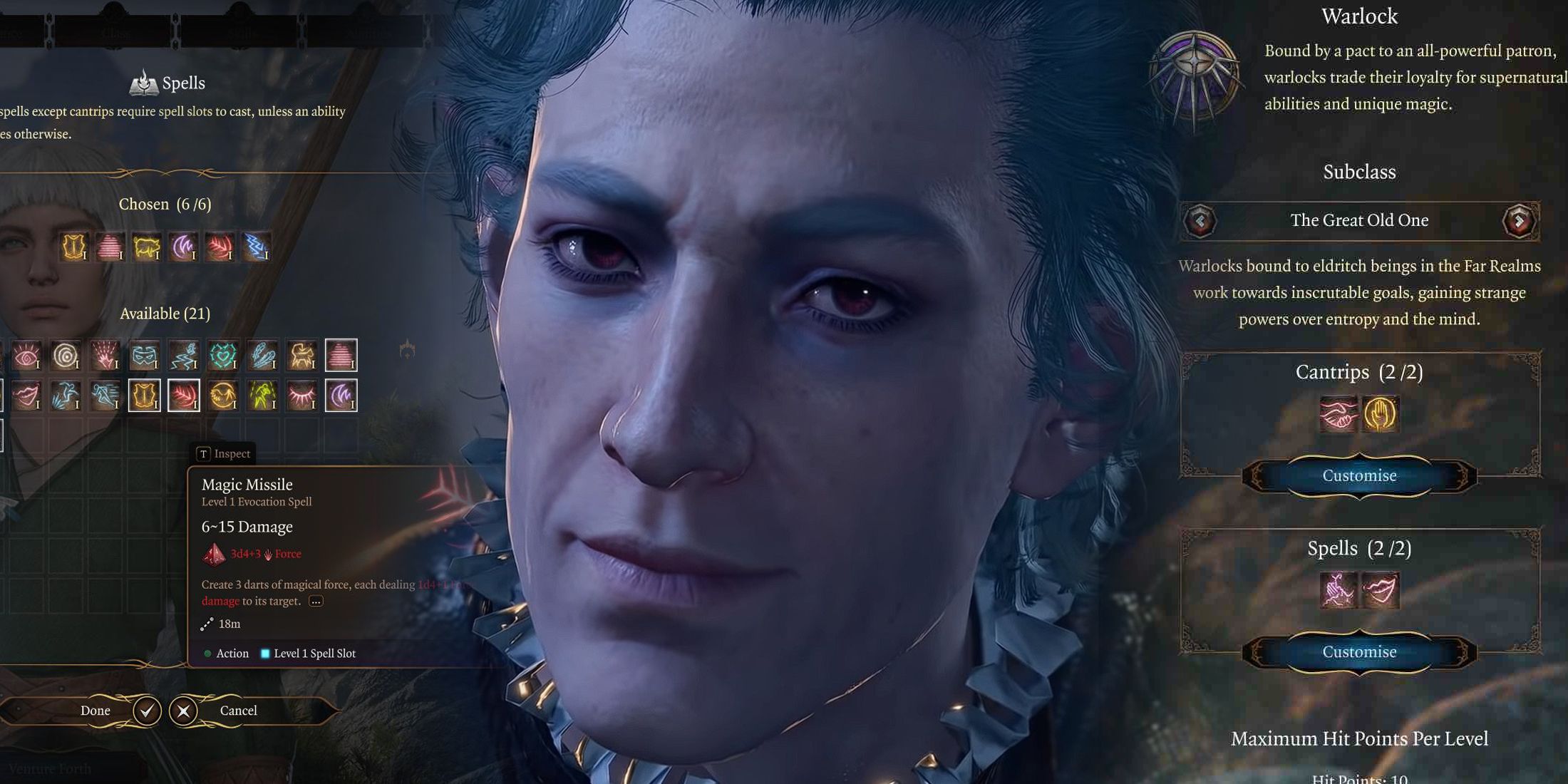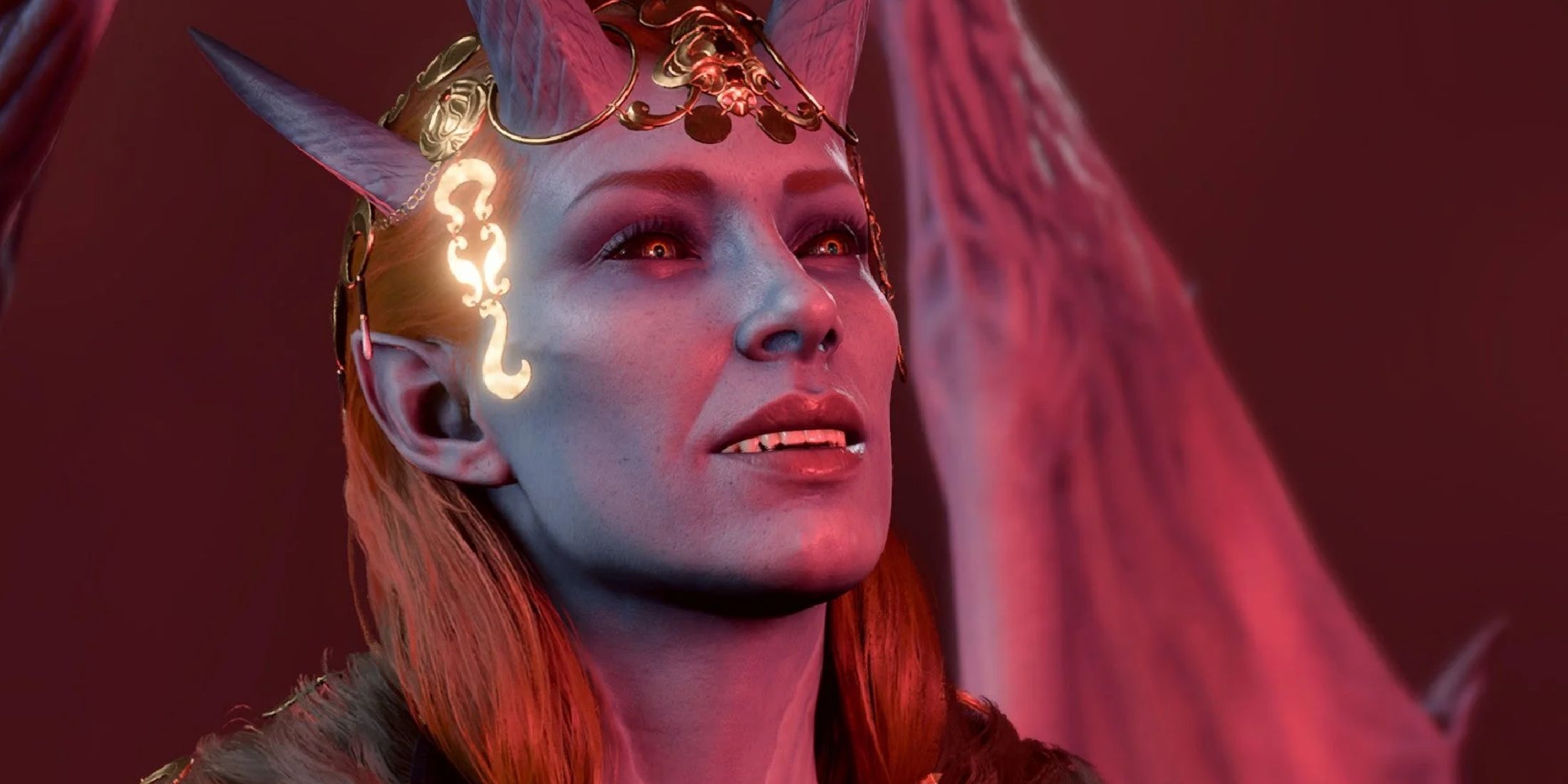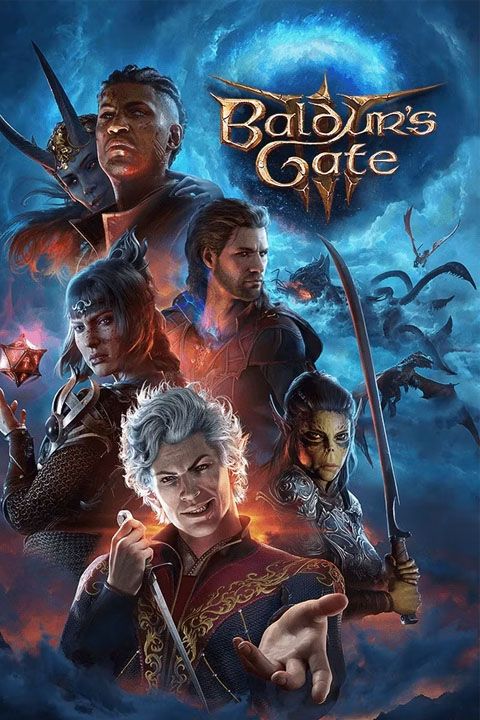While a large part of Baldur’s Gate 3’s landmark success can be attributed to its accurate adaptation of Dungeons and Dragons into the video game format, there are several inevitable areas of compromise that have ended up differing. In a system reliant on programmed sequences and finite assets, the emergent storytelling of theater-of-the-mind gameplay at the tabletop is mostly lost in favor of polished visual presentation. These changes that separate Baldur’s Gate 3 from DnD don’t have a significant impact on most playstyles, but those who choose the Warlock class are settling for less in terms of their patron relationships.
Differences can be found between how several Feats or Class Features are handled in Baldur's Gate 3’s interpretation of the 5e ruleset, but an impressive suite of options still shares a similar level of variety and depth with most tables. Paladins are held to their oath, Clerics can make reference to their god in conversation, but Warlocks stick out in particular for receiving the short end of the stick when it comes to the depiction of their lore. Wyll is playable for those who wish to get the true experience, but this is typically a far more open-ended dynamic which the digital medium might always have trouble with.
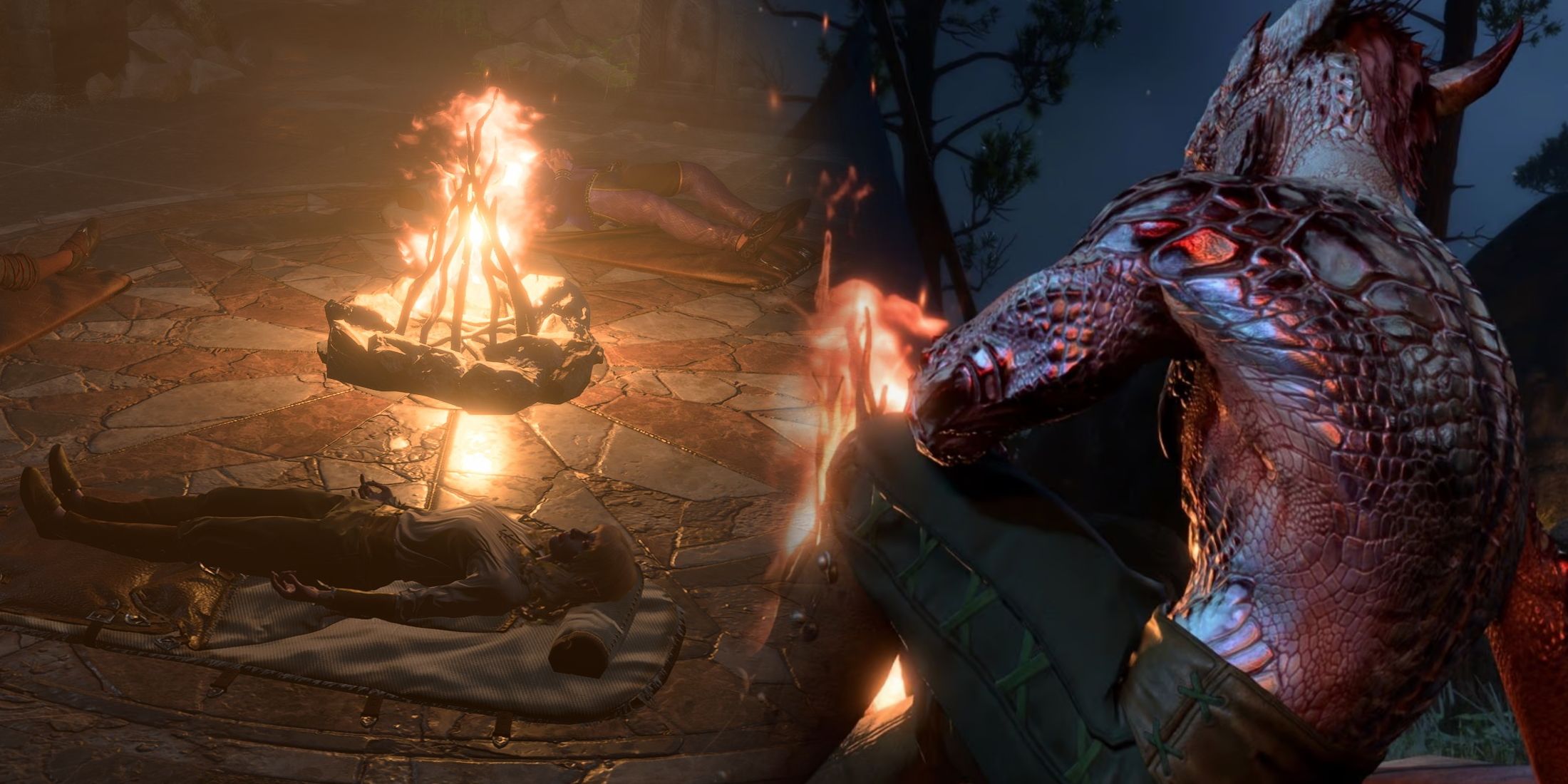
How Baldur's Gate 3 Streamlines a Problematic DnD Feature
Many of Dungeons and Dragons' systems are faithfully adapted within Baldur's Gate 3, but one key mechanic has been tweaked for the better.
DnD’s Warlock Class Fantasy is Tough to Translate
Patrons Can Be Compelling Characters in Campaigns
For those creating a new character, the choice of a Warlock’s patron in BG3 doesn’t ever extend beyond an associated subclass and its respective offerings. In the source material, these powerful entities form a connection with the player who draws from their power, with the potential to be a key NPC under a skilled Dungeon Master. The Great Old One or Archfey would be more than just subclasses in this context, but full-on parts of the story with their own goals and ideals.
Modular Narratives Can Only Go Far in the Digital Format
It's arguable that Baldur’s Gate 3 pushes niche optional content and player choice to the limit within the confines of a recent video game release, and it contains systems resembling what Warlock patrons could have been as a result. The Oathbreaker Knight can appear to alter the course of a Paladin’s progression at any point if certain conditions are met, evoking the back-and-forth that Warlocks can often endure in their journeys. Larian Studios may have ultimately chosen to focus its resources on the arc of Wyll in favor of a general Warlock path, a choice which arguably panned out more favorably.
The Challenges of Warlocks as Player-Made Protagonists in Baldur's Gate 3
The Triumph of Mizora and Wyll’s Scripted Narrative Can't Be Easily Replicated
Even if Warlocks were given the same treatment as Paladins, accounting for their different patrons in cinematics could have proven too complicated. Players are, however, able to experience a preset scenario that has been specifically crafted around the Origin character Wyll and his patron Mizora. By making him into a pre-existing character, Larian has managed to execute a convincing Warlock narrative in full within these limited bounds. Given Wyll’s presence as a companion otherwise, playing as a custom character Warlock can make the class’ overall lackluster lore even more obvious by comparison.
Even if they were never planned to be fully voiced and animated in the same way as Mizora, the selection of Patrons available to Warlocks in BG3 hardly manifests in any meaningful way during a playthrough whatsoever. Considering the depth with which these interactions can have, this could be an indicator of just how difficult it is to adapt the Warlock-Patron relationship outside of the tabletop. Only time will tell what mod support will bring, but Warlock players in Baldur’s Gate 3 are better off as Wyll if they’re looking to actually communicate with their patron.

